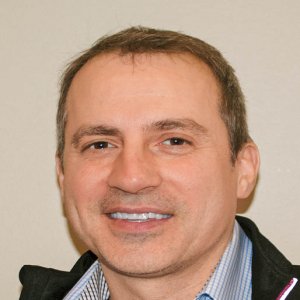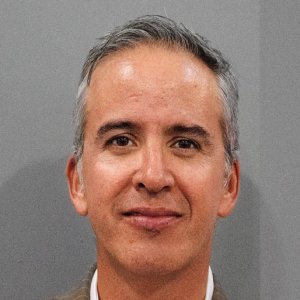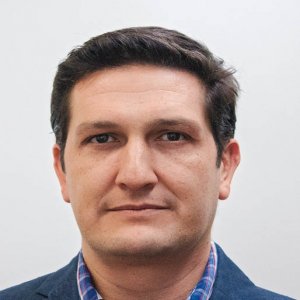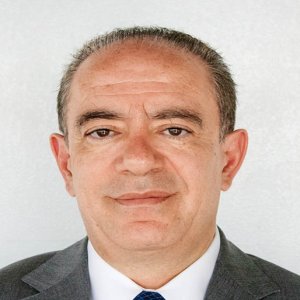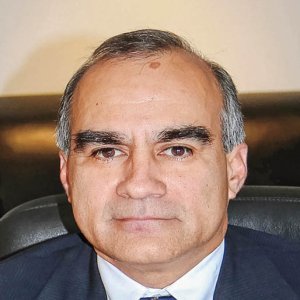Miners Waking up to Energy Reform

STORY INLINE POST
Q: Where does the mining sector fall into Siemens’ overall business strategy?
A: Mining is one of the most important vertical markets for Siemens worldwide. The mining market is one of the largest consumers of our motors so it is a vital component of our core business. We supply to the market through OEMs, distributors and via direct sales. In fact, we are making a concerted effort to increase our portion of direct sales to the sector because we believe technology companies can add tremendous value to a new mine.
We find that distributors and OEMs tend to focus more on the financial side of the investment, whereas we want to speak directly to the operators and demonstrate the long-term value of the concept and design. Cost reduction is always positive but in mining it is essential to look at the costs over a minimum 10 years and not simply make a decision based on the initial price.
Q: What strategies do you employ to increase your direct sales and who are the primary targets for expanding Siemens’ client base?
A: We have to change the mindset of the mining companies, so we present an electrical and/or automation concept that makes sense for the customer in the long term. We emphasize the improvements to the safety, reliability, efficiency and productivity of operations over a 20-year period. We are fortunate that our main clients in Mexico are Goldcorp, Grupo México and Industrias Peñoles, all of which have substantial experience in mining and therefore share our vision. We work with these companies to improve reliability through equipment upgrades and maintenance in existing plants.
We are also making a concerted effort to do business with smaller companies that are entering the market in Mexico because we see far greater potential in juniors than with large companies that already have well-established processes. We can approach small and midsize mining companies and discuss an entire concept, including total plant digitalization and cost of ownership.
Q: How did the Energy Reform change the mining sector in Mexico and what impact did it have on Siemens’ business?
A: The Energy Reform is an important milestone for the development of the country because it is a big step toward the reduction of CO2 gas emissions in the country. It is one of the most advanced reforms to have been implemented globally and is attracting vast amounts of new business to Mexico. Electricity costs for industrial sectors, including mining, have already dropped and they will continue to do so as the country adjusts to the new regulations.
I feel the most important change will be for solar and wind energy. Today, 20 percent of energy production is clean energy, while wind and solar represent 3.3 percent of total production. The Energy Reform will increase cleanenergy production by around 35 percent over the next 10 years. The reliability and storage of renewable energy is also improving and this will help encourage industrial companies to make investments and reduce consumption of fossil fuels.
The mining community is now starting to make the most of the opportunities presented by the Energy Reform and Siemens, as an experienced drive-control manufacturer, is obviously well-placed to benefit from the new environment. One of the first to make its move was Grupo México. The company already has two power plants generating 516MW, and both were built by Siemens. There is a great willingness from companies to invest in energy and a number of specialist law firms and consultancy groups have been set up to help guide mining companies through the changes. It is going to have a great impact on Mexico.
Q: What does Industry 4.0 mean for the mining sector and how is it affecting the industry?
A: The world is changing and therefore companies must adapt parallel to the technology that is available. In some sectors, including mining, there is a certain inertia and this is what needs to change. Operators have to switch their focus away from plant maintenance and operation toward plant optimization. With digitalization, plant managers can reduce the time and money spent on both maintenance and operations. All the data is already available but the problem is that it is spread out over all the mine’s assets, from heavy vehicles to drill rigs and processing plants. To make a decision, a manager must invite 20 people for a call or meeting and decide together on the best route to take. Digitalization removes the need for this drawn-out process, allowing managers to access all the data from one common platform and make a decision on the spot.
Due to the nature of mining operations around the world, it is difficult to develop a standardized digitalized system for the sector. We are working on an automated platform that can be linked to different mines worldwide, aligning our customers’ global operations.
Q: How does Siemens’ approach to digitalization differ from competitive solutions available on the market?
A: We are trying to create the most complete, safe and profitable product that can be applied across the lifecycle of a mine. Clearly, we have a duty to develop new systems and products that can benefit our customers but the buyers also have a duty to take a chance on new ideas and believe in our work.
Our main focus in the short term is to simplify digitalization and make it more appealing to mining companies. We can then begin to change the mindset of the mine owners to focus the company efforts on optimization and not just maintenance. We are looking for the right partner who shares our vision of a fully digitalized mine in Mexico.
Technology is causing us to move forward, increasing productivity and generating additional resources that end up creating more jobs and exploration opportunities. While many are wary of the implications of increased technology in terms of job losses, this is certainly not the case. Rather than replacing human capital, it generates new information and more knowledge. But while Mexico is making strides in adopting new technological advances, the country still needs more structured data that will help companies make efficient decisions in the future, and this is what we are striving for.

